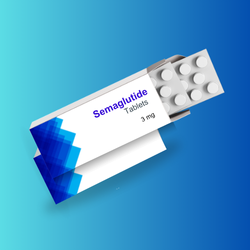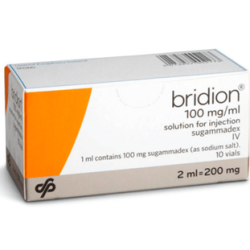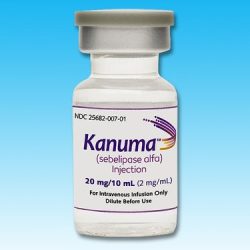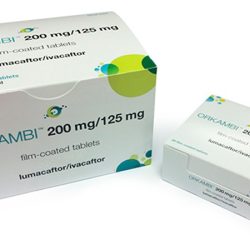Description
Uses of Medicine:
Semaglutide 3 mg, 7 mg, 14 mg is an anti-cancer drug that falls into the class of aromatase inhibitors. Patients, Healthcare Professionals (HCP), or Hospitals can buy Semaglutide 3 mg, 7 mg, 14 mg Tablets online from India through THE INDIAN PHARMA (a trusted Semaglutide Supplier, Exporter, and Contract Manufacturer in India) for the management and treatment of:- Type 2 diabetes mellitus
- Obesity or overweight.
Usually, Semaglutide 3 mg, 7 mg, or 14 mg is prescribed for diabetes along with another medication to enhance blood sugar control. It is clinically associated with these additional benefits, along with cardiovascular protection, lower blood pressure, and enhanced management of blood glucose levels. Research notes some potential protective role of the medicine with respect to kidney functions, also aiding in the management of diabetic kidney disease among some patients.
Diabetes medications like Semaglutide 3 mg, 7 mg, or 14 mg are not suitable for everyone, and some people should steer clear of them. Individuals with known sensitivities to such drugs and anyone with previous familial associations with Medullary Thyroid Carcinoma or Multiple Endocrine Neoplasia Type 2 Syndrome (MEN 2) should not consider the drug. These conditions, while being uncommon, are dangerous, as well as this drug heightens the odds of developing the said conditions.
This therapeutic drug is also not recommended for children with type 2 diabetes (T2D), and individuals with a known history of serious gastrointestinal problems, such as gastroparesis, should not use this medicine. Additionally, individuals with serious kidney complications or end-stage renal disease should avoid taking Semaglutide 3 mg, 7 mg, or 14 mg tablets, as it may worsen their condition. Always consult your healthcare provider (HCP) before starting this treatment to ensure it is safe for your health needs.
Dosage & Side Effects:
Starting Dosage (Initiation Phase) (Days 1-30):
The recommended starting dosage of Semaglutide is 3 mg administered orally once daily (this dosage is not effective for glycemic control).Escalation and Maintenance Dosage (Days 31 and beyond):
- Days 31 to 60: Increase the dosage to 7 mg orally once daily.
- On Day 61 or thereafter, if n additional glycemic control is needed (maintain the dosage at 7 mg orally once daily), or if additional glycemic control is needed (increase the dosage to 14 mg orally once daily).
The most common side effects of Semaglutide 3 mg, 7 mg, and 14 mg oral tablets are nausea, abdominal pain, vomiting, diarrhea, decreased appetite, and constipation.





